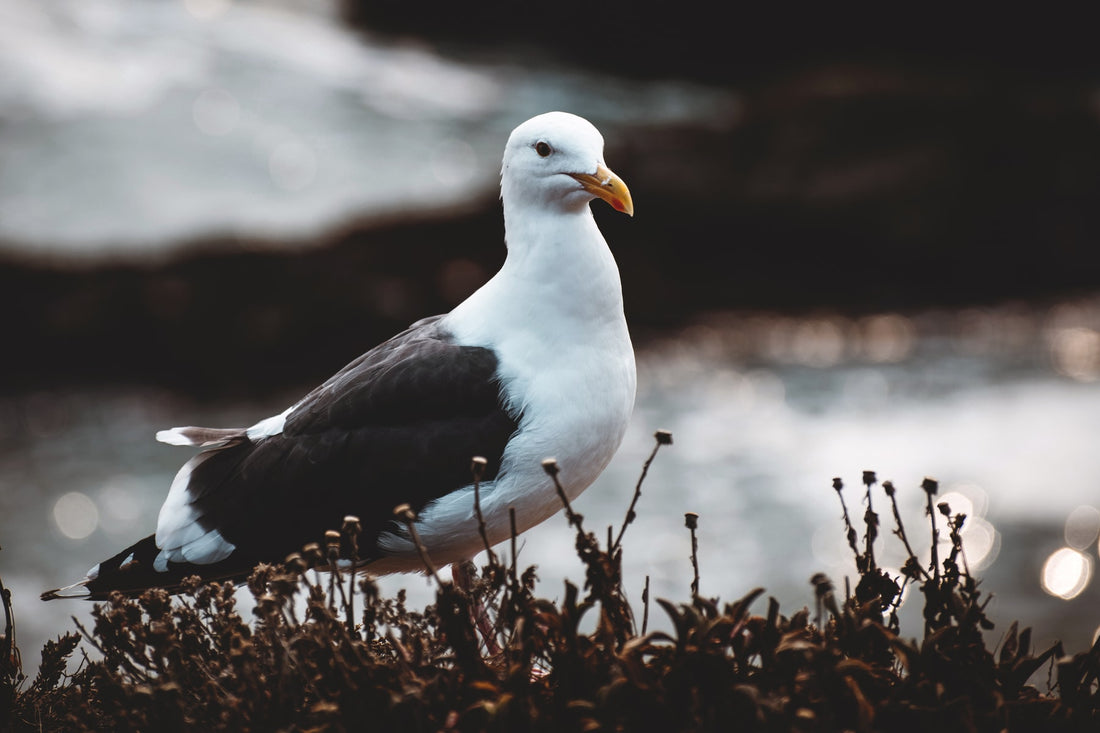The BBC's Blue Planet series never ceases to amaze and is always an attention grabber. A recent episode highlighted the wonderful wandering albatross. But these beautiful birds have experienced a serious decline in numbers over the last thirty years. New research has revealed that there are only half as many breeding pairs as were found as recently as the 1980s. Scientists affiliated to the British Antarctic Survey (BAS) say that the albatrosses have suffered at the hands of careless fishing practices and climate change. BAS has been conducting a long-term tagging and monitoring study on Bird Island. This is a 4km-long stretch of land which is part of South Georgia in the South Atlantic.
Albatrosses and Fishing Lines
The wandering albatross is not the only species to have run into trouble. The numbers of black-browed and grey-headed albatrosses have also experienced a major decline. Albatrosses will try to take the bait on longline fishing equipment. The birds are then caught up on the hooks, pulled beneath the water and drowned.
Travelling Far and Wide
Unfortunately, the global population of wandering albatrosses is confined to just a handful of sub-Antarctic territories. In the waters around South Georgia, trawlers have altered the way they distribute their lines to mitigate the danger to the birds. But the albatrosses search for food over a vast area and will often come across vessels which are still using less bird-friendly methods.
Climate Change Makes Matter Worse
The troubling situation is being exacerbated by changes in the climate. Global warming is actually driving the birds towards the dangerous situations. Events such as El Niño reduced the amount of food available in the ocean and this caused the birds to seek out the discards from fishing boats to an event greater extent. As a consequence, more birds were snagged by longlines and drowned. But not all climate effects have proved detrimental to the albatrosses. An increasing trend for stronger poleward winds has benefitted the birds. These winds help to make the birds' flight more efficient so they use less energy when searching for a meal and can fly faster.
Older Breeding Birds
The Blue Planet episode looked at the breeding outcomes for elderly wandering albatrosses. Previous research had established that the last chicks that older birds produce will often flourish. Scientists believe that this could be because the birds sense that they are coming to the end of their lives and so devote more effort to rearing that last chick. It could also be the case that the effort required to rear the chick hastens the demise of the parents. Bird Island is currently home to approximately 700 pairs of wandering albatrosses, 3, 000 pairs of grey-headed albatrosses and 7, 000 pairs of black-browed albatrosses. Hopefully the difficult issues facing these birds will be tackled in coming years and these numbers will begin to rise once more. As climate change is tackled and fishing practices addressed, the outlook for the albatrosses could be considerably improved.

